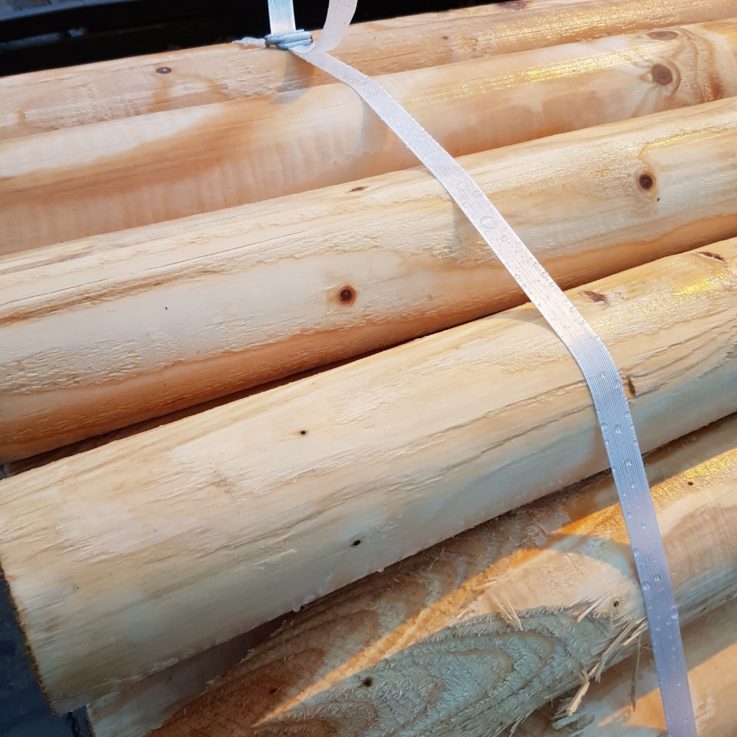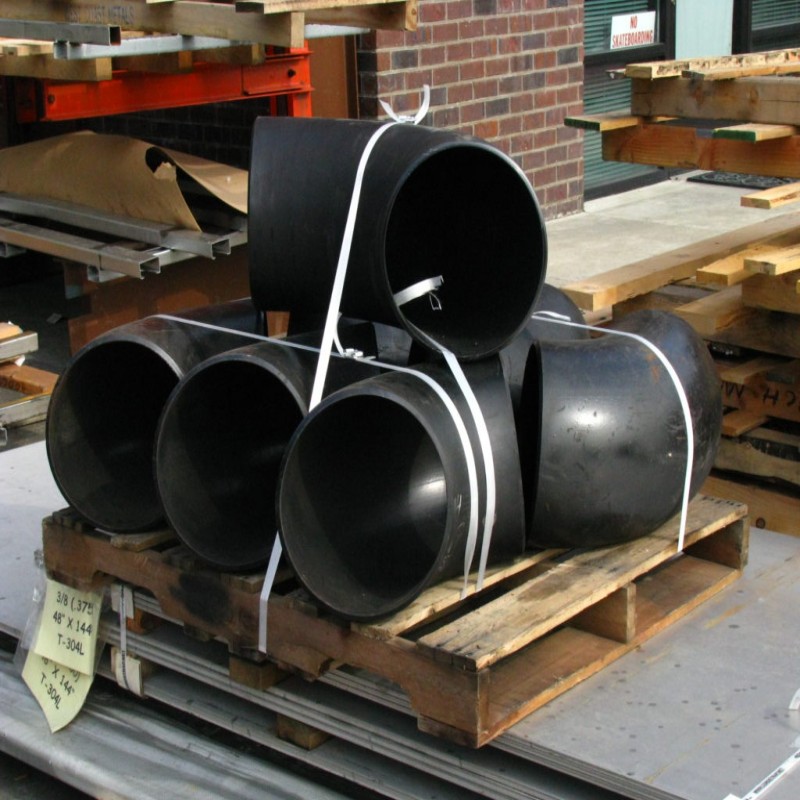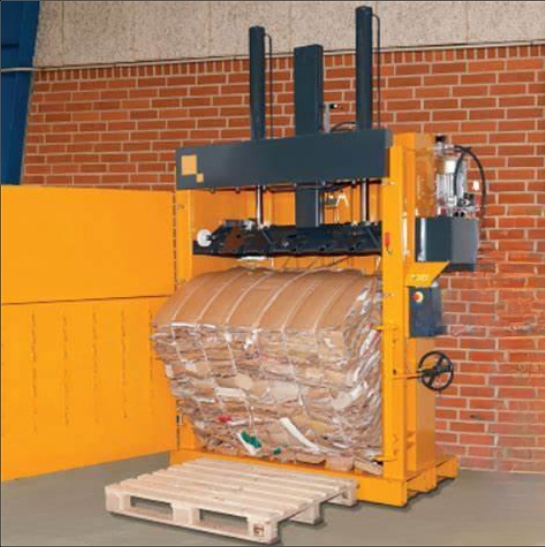Cord Strapping Used in Machinery: A Comprehensive Guide
Cord strapping, also known as webbing or webbing straps, is a versatile and strong material used in various machinery applications. It is made of a woven fabric consisting of polyester, nylon, or polypropylene, which provides excellent strength and durability. In this article, we will discuss the different types of cord strapping, their applications in machinery, and the factors to consider when selecting the right type for your specific needs.

Types of Cord Strapping:
1. Polyester Cord Strapping: This type of cord strapping is known for its high strength and resistance to abrasion. It is often used in heavy-duty applications, such as steels ,wood, and other industrial materials.
2. Nylon Cord Strapping: Nylon cord strapping is lightweight and flexible, making it ideal for applications where flexibility and ease of use are important. It is commonly used in the automotive industry for securing car parts during transportation.
3. Polypropylene Cord Strapping: Polypropylene cord strapping is a cost-effective alternative to polyester and nylon strapping. It is highly resistant to chemicals and moisture, making it suitable for a wide range of applications, including food processing and packaging.
Applications of Cord Strapping in Machinery:
1. Securing Loads: Cord strapping is commonly used to secure loads in various types of machinery, such as forklifts, pallet jacks, and conveyors. By securing the load with cord strapping, it prevents the load from shifting during transportation, reducing the risk of accidents and damage.
2. Holding Parts in Place: In manufacturing and assembly lines, cord strapping is often used to hold parts in place during the production process. This helps ensure that the parts are properly aligned and secured, reducing the risk of defects and improving productivity.
3. Protecting Components: Cord strapping can also be used to protect delicate or sensitive components during transportation or storage. By wrapping the components in cord strapping, it provides additional protection against damage caused by shock, vibration, or impact.

Factors to Consider When Selecting Cord Strapping:
1. Strength: The strength of the cord strapping should be sufficient to secure the load without breaking or stretching. This can be determined by the type of material being secured and the weight of the load.
2. Flexibility: The flexibility of the cord strapping should be appropriate for the application. For example, applications that require frequent adjustments may require a more flexible strapping material.
3. Durability: The durability of the cord strapping should be taken into account, especially in applications where the strapping will be exposed to harsh environments or chemicals.
4. Cost: The cost of the cord strapping should be considered in relation to its performance and durability. Cheaper strapping materials may not provide the necessary strength or durability for certain applications.
In conclusion, cord strapping is a versatile and strong material that is widely used in various machinery applications. By understanding the different types of cord strapping and their applications, businesses can select the right type of strapping for their specific needs, ensuring safety, efficiency, and productivity in their operations.
BSTSTRAP
Whatsapp:+86 186 5722 7862
E-mail:claire@bststrap.com





